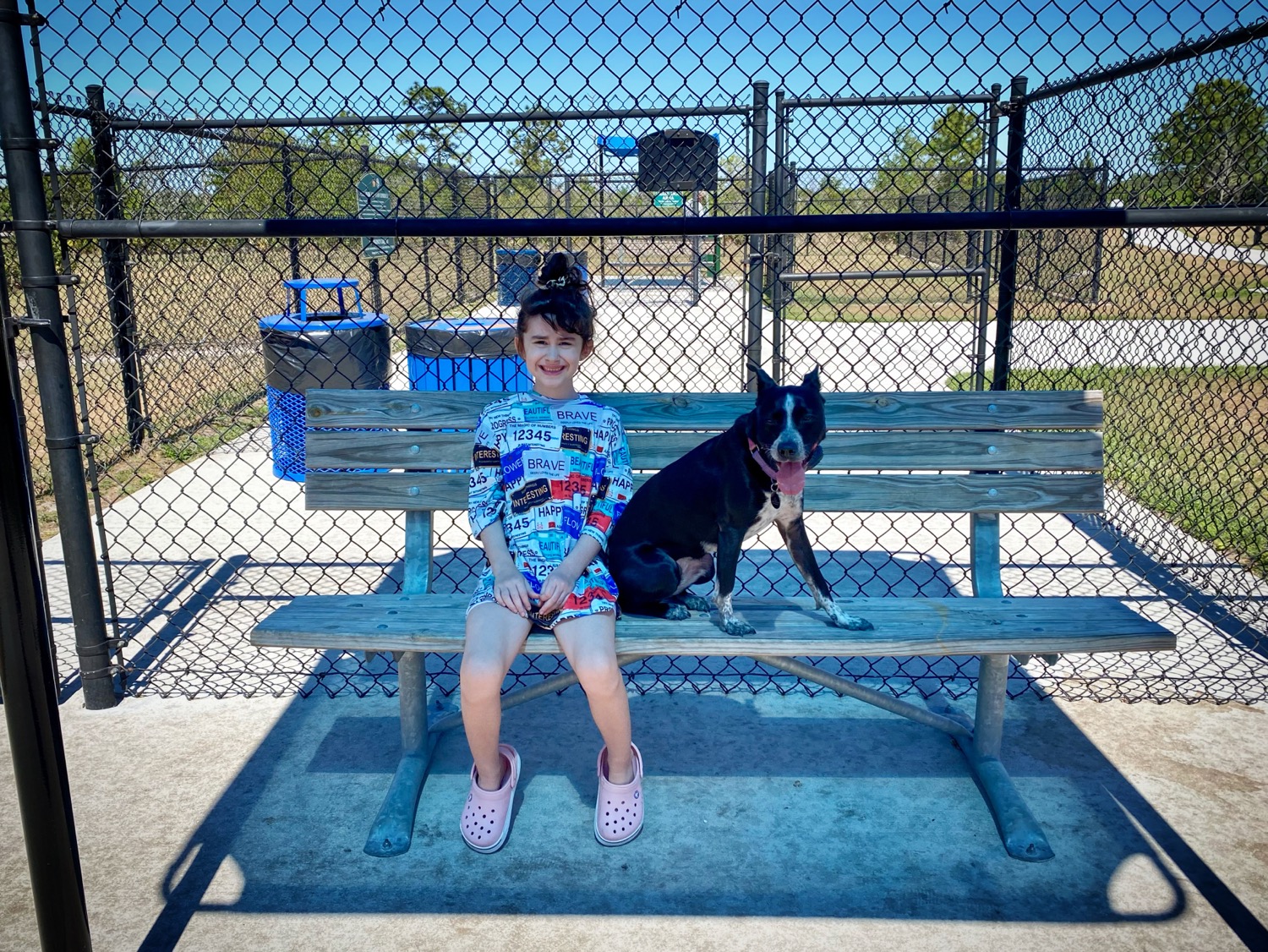The Power of Familiarity: Why Designating a Training Spot Boosts Learning in Dogs
- Jason Parks
- Oct 24, 2023
- 3 min read
Every dog owner understands the challenge of getting their pet to learn new commands. While various methods and techniques can be employed, the environment in which training occurs often takes a backseat. However, the importance of a designated training spot cannot be overstated. This article dives deep into why a familiar place aids in efficient learning for dogs.
1. The Comfort of Familiarity: Understanding Canine Psychology
Safety and Security: Just as humans feel at ease in familiar surroundings, dogs too associate known environments with safety and security. Training in a familiar place ensures the dog's comfort, allowing it to focus on the task at hand.
Reduced Anxiety: New surroundings often bring a slew of unknown stimuli, leading to anxiety in dogs. A designated spot eliminates these unknown variables, ensuring a calm, receptive mindset.
2. Consistency: A Key Ingredient in Dog Training
Familiar Cues: Regular training in the same spot creates familiar cues for the dog, signaling it’s time to train. This routine can help in mentally preparing the dog for the upcoming session.
Predictable Environment: A designated training spot offers consistency, ensuring the dog knows what to expect, minimizing distractions.
3. Setting Up the Ideal Training Spot
Space Considerations: The chosen spot should be spacious enough to allow the dog to move freely but not so vast that it gets distracted.
Minimal Distractions: A quiet place, away from the hustle and bustle, ensures that the dog can concentrate on the commands without getting sidetracked.
Accessibility: The spot should be easily accessible, allowing for frequent, short training sessions without much hassle.
4. Integrating Tools and Accessories
Training Mat: Using a specific mat or rug for training sessions can act as a clear indicator for the dog. The familiarity of the mat can also be portable, allowing for some flexibility in training locations.
Stationary Props: If certain props or tools are regularly used in training, having them permanently in the training spot can further reinforce the association.
5. Familiarity vs. Versatility: Striking a Balance
The Need for Novelty: While familiarity aids learning, occasional training in new environments can help in proofing commands against distractions.
Balanced Approach: Regular training should occur in the designated spot, but occasional sessions in new locations can ensure the dog responds in diverse settings.
6. Reinforcing Positive Behaviors in the Designated Spot
Reward System: Using a consistent reward system in the training spot can amplify the positive associations the dog has with the location.
Ending on a Positive Note: Concluding each session with praise or a reward ensures that the dog looks forward to the next session in the same spot.
7. Transitioning to New Environments
Gradual Exposure: Once a command is mastered in the familiar spot, it can be tested in slightly unfamiliar settings, gradually increasing the level of distraction.
Harnessing the Power of Familiar Tools: Using familiar props or the training mat can help in easing the transition to new environments.
8. Expert Tips from Professional Dog Training Businesses
Feedback Loop: Recording sessions can provide insights into how the dog responds in its training spot versus new environments.
Customized Approaches: Not every dog will respond the same way. Dog training businesses often provide tailored solutions, factoring in the unique characteristics of each dog.
9. Addressing Challenges in Designated Training Spots
Adapting to Changes: If the designated spot becomes unavailable or if there’s a change in living arrangements, it’s essential to transition the dog gently to a new spot.
Over-familiarity: If a dog becomes too comfortable and displays reduced engagement, it might be time to shake things up a bit for renewed focus.
10. The Role of Dog Training Businesses in Designated Spot Training
Workshops: Professional dog training businesses often conduct workshops that guide dog owners in setting up optimal training environments.
Ongoing Support: Leveraging the expertise of professionals can aid in tweaking the training spot for maximum effectiveness.
Conclusion The environment in which a dog trains plays a pivotal role in its learning curve. By designating a consistent training spot, dog owners can harness the power of familiarity to facilitate efficient learning. It provides a secure, distraction-free zone where the dog can focus entirely on the commands. While the merits of a designated spot are numerous, it's also crucial to strike a balance with occasional training in varied environments. With the right strategies and professional guidance from dog training businesses, creating an optimal training environment becomes a seamless task, setting the stage for a well-trained, responsive canine companion.




Comments